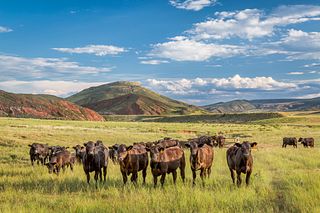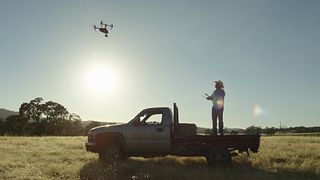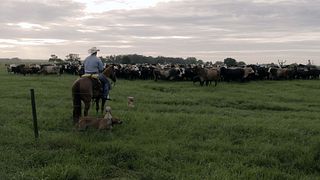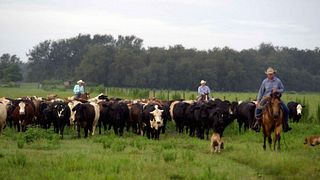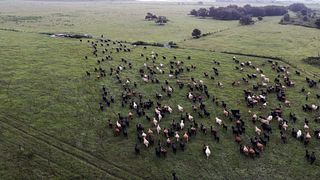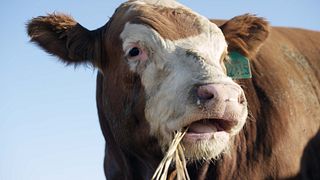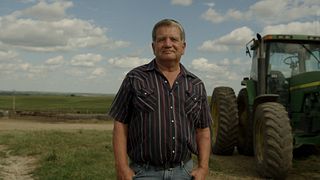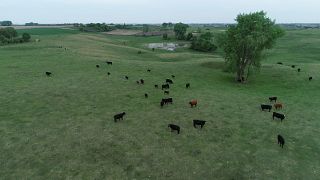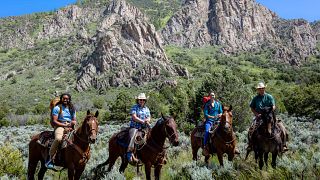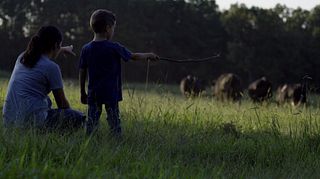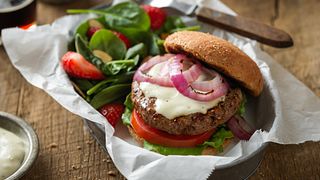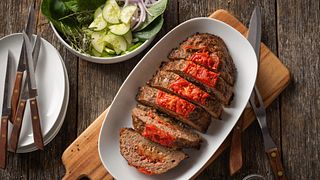Raising Beef
Raising beef is a complex process, but throughout the entire journey, one thing remains constant – the shared commitment to raising cattle in a safe, humane and environmentally sustainable way. Currently, more than 90% of U.S. farms and ranches are family-owned and operated. Learn more about the people who are invested in raising high-quality, sustainable beef for generations to come.
rethink the ranch map
Click on our interactive map to see how beef farmers and ranchers around the country are implementing land-saving, wildlife-preserving, and award-winning environmental efforts in your state.
Beef Quality Assurance: Raising the Bar on Raising Cattle
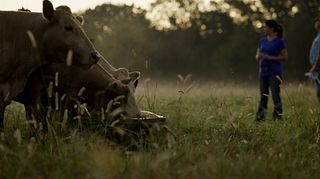
The beef community has a long-standing commitment to caring for their animals and providing families with the safest, highest-quality beef possible. The Beef Quality Assurance (BQA) program trains farmers and ranchers on best practice cattle management techniques to ensure their animals and the environment are cared for.
CATTLEMEN AND THE ENVIRONMENT
Today beef is produced using fewer resources than ever before. But conservation is never complete; ranchers work hard to feed a growing population with with regenerative practices that reduce water use, care for the land, and protect the environment.
Ranchers & Outdoorsmen: Shared Values of Caring for the Land
When you picture a rancher, you probably picture a cowboy hat, boots and a horse. You’re probably not picturing a conservationist. And yet, that’s exactly what ranchers are. While raising cattle, they work to protect and conserve the land that they have been entrusted to manage and that we all depend on. Without them, this land would be developed and the open spaces we all cherish would be lost.
Beef Sustainability for Kids
Beef farmers and ranchers are committed to raising cattle in a way that is good for the planet. In fact, cattle do more than provide beef for you to eat: they also preserve the land where they live. Use the videos, games and images below to learn about the hard-working families who help feed the world and care for land across the United States.
Beef Sustainability for Kids
Beef farmers and ranchers are committed to raising cattle in a way that is good for the planet. In fact, cattle do more than provide beef for you to eat: they also preserve the land where they live. Use the videos, games and images below to learn about the hard-working families who help feed the world and care for land across the United States.
